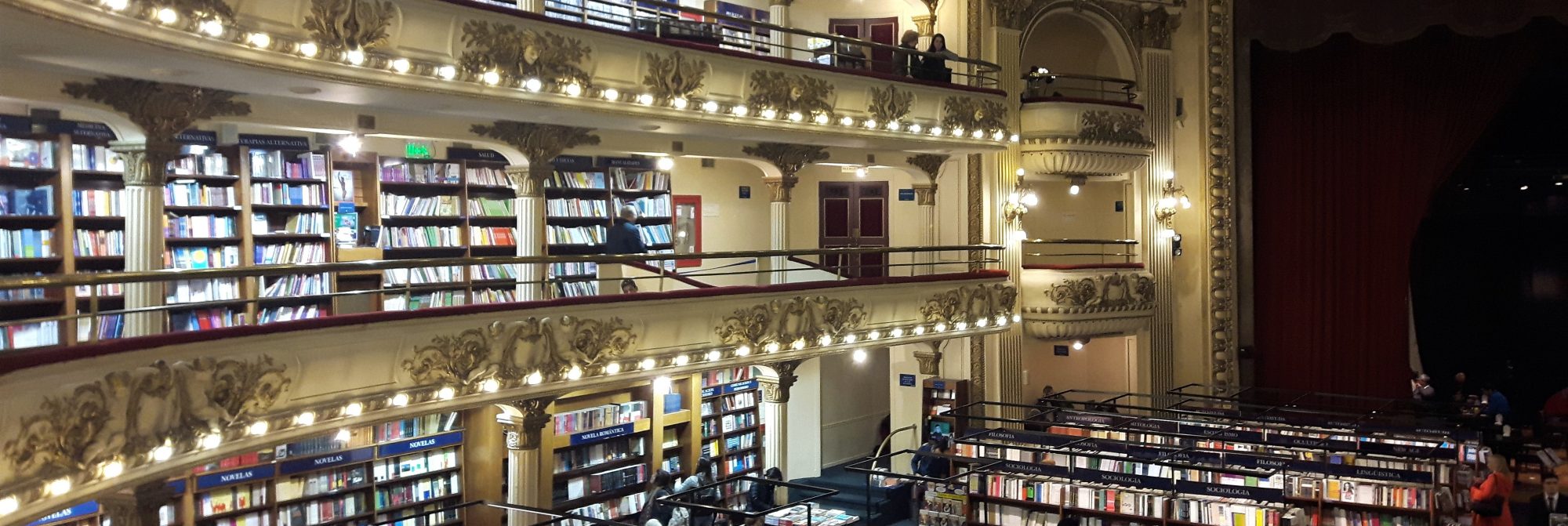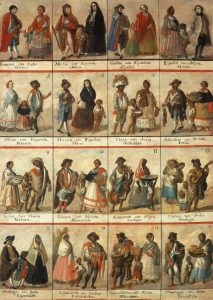“How do you get people who do not care about your existence to listen? Is revolt the only way?” That was my first question when I thought about Latin American independence. This week I will be mostly focusing on Simon Bolivar’s piece, because I was really struck by its originality in the sense of the choice in which Bolivar depicted Latin America.
I was mostly surprised and at the same time very uncomfortable by how Bolivar makes Latin America seemed less like an abused step-son as he alludes to, but more like a spouse. In his essay he continuously says that the region is able to be independent and break free, but that at the same time it cannot be done so right away. He says that, “[t]he American states need the care of paternal governments to heal the sores and wounds of despotism and war” (24). Although he says Americans hate everything about “greed[y]” (23) Spain, he still says that Latin America needs Spanish ‘help’ or ‘aid’ to reach proper independence. By not being able to define what independence is, but only saying that an absolute leader is a priority, he leaves a lot of room for speculation and misuse of his words (which I’m sure critics of Chavez say that is precisely what he did in his speech many years later).
In his essay he says that the Americans have about as much say and freedom in their politics than slaves. Bolivar turns to Latin America’s history in order to drive home the point that Americans have really never had a choice in their government structure or how the laws that were made and made official in Europe would be enacted down south. This is a really effective way of making people aware of how little freedom they have (in Latin America) and how little freedom they are giving them (in Spain).
Although he says that the Americans have been excluded for too long and almost makes Latin America sound weak, he says this all with a very strong voice. I guess I was mostly confused by this juxtaposition. It may be because I am reading it much later in time, but it sounds like Bolivar does a lot of complaining without any concrete suggestions. However, it does not go over my head that the anti-colonial message itself was really pushing the boundaries, it still lacks concreteness in my opinion.
I guess to answer my first question, one method to get people to listen is to write a fairly broad yet poignant letter with some pretty serious yet fair accusations and see what happens!
Considering that Bolivar was a criollo and belonged to a higher tier of colonial society…Is it because his goals of how to reach independence are broad that his letter resonated with so many people? Did it give people a loud, yet blank canvas to make up their own idea of how to reach independence and its benefits? (I know canvases can’t be loud so my own metaphorical use of idioms failed me)

